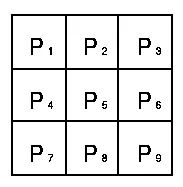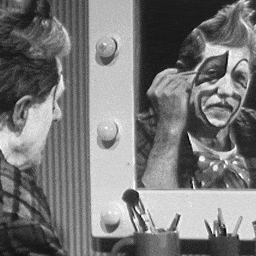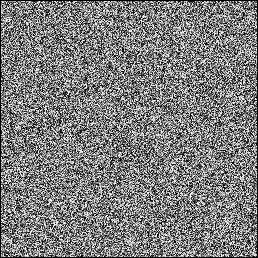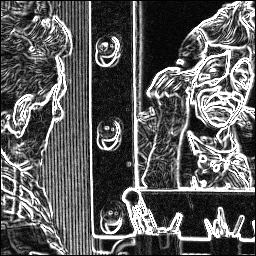给定一张灰度8位图像(2D数组,像素强度值从0-255),我想在图像上实现Sobel算子(掩模)。下面的Sobel函数基本上是循环给定像素周围,对像素应用以下权重: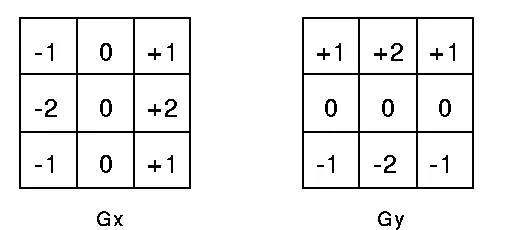 。
。
给定这个灰度8位图像
 。
。
然后应用给定的公式:
我正在尝试实现这个链接中的公式: http://homepages.inf.ed.ac.uk/rbf/HIPR2/sobel.htm。import numpy as np
import matplotlib.pyplot as plt
import matplotlib.image as mpimg
import Image
def Sobel(arr,rstart, cstart,masksize, divisor):
sum = 0;
x = 0
y = 0
for i in range(rstart, rstart+masksize, 1):
x = 0
for j in range(cstart, cstart+masksize, 1):
if x == 0 and y == 0:
p1 = arr[i][j]
if x == 0 and y == 1:
p2 = arr[i][j]
if x == 0 and y == 2:
p3 = arr[i][j]
if x == 1 and y == 0:
p4 = arr[i][j]
if x == 1 and y == 1:
p5 = arr[i][j]
if x == 1 and y == 2:
p6 = arr[i][j]
if x == 2 and y == 0:
p7 = arr[i][j]
if x == 2 and y == 1:
p8 = arr[i][j]
if x == 2 and y == 2:
p9 = arr[i][j]
x +=1
y +=1
return np.abs((p1 + 2*p2 + p3) - (p7 + 2*p8+p9)) + np.abs((p3 + 2*p6 + p9) - (p1 + 2*p4 +p7))
def padwithzeros(vector, pad_width, iaxis, kwargs):
vector[:pad_width[0]] = 0
vector[-pad_width[1]:] = 0
return vector
im = Image.open('charlie.jpg')
im.show()
img = np.asarray(im)
img.flags.writeable = True
p = 1
k = 2
m = img.shape[0]
n = img.shape[1]
masksize = 3
img = np.lib.pad(img, p, padwithzeros) #this function padds image with zeros to cater for pixels on the border.
x = 0
y = 0
for row in img:
y = 0
for col in row:
if not (x < p or y < p or y > (n-k) or x > (m-k)):
img[x][y] = Sobel(img, x-p,y-p,masksize,masksize*masksize)
y = y + 1
x = x + 1
img2 = Image.fromarray(img)
img2.show()
给定这个灰度8位图像
应用该函数时我会得到这个:
但应该得到这个: 我已经使用Python实现了其他高斯滤波器,但我不确定在这里出了什么问题?